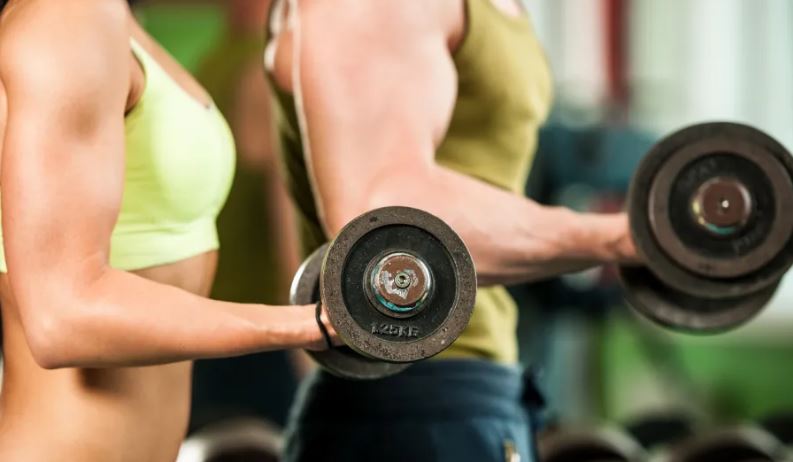Vitamin D deficiency may contribute to loss of muscle strength, according to a recently published study. There are very few foods that contain this vitamin naturally, we review which are
From the age of 35 we begin to lose muscle mass and strength, the loss of strength occurs more quickly than the loss of muscle. In addition to protein, muscles need other nutrients, including vitamin D.
Low vitamin D levels may contribute to loss of muscle strength in older adults, according to a study recently published in Calcified Tissue International and Musculoskeletal Research.
Strength is needed to perform everyday tasks. “Maintaining healthy muscles as we age is associated with prolonged independence and better quality of life,” notes the University of Kentucky.
According to the National Institutes of Health (NIH), vitamin D helps the body absorb calcium, a mineral needed for strong bones. Muscles also need vitamin D for movement and nerves to carry messages between the brain and other parts of the body.
In addition, vitamin D is essential for the proper functioning of the immune system, to fight the bacteria and viruses that attack it.
In the study published in Calcified Tissue International, researchers analyzed data from 3,205 people aged 50 and over who were followed for four years by the English Longitudinal Study of Aging (ELSA).
The study began in 2012 when they measured participants’ vitamin D levels and grip strength. The researchers focused on dynapenia, which is age-associated loss of muscle strength that is not caused by neurological or muscular diseases.
The researchers found that the risk of dinapenia incidence was increased by 70% for people with vitamin D levels less than 12 ng/mL.
The NIH indicates that vitamin D levels of 50 nmol/L (20 ng/mL) or higher are sufficient in most people to maintain bone and general health. Levels below 30 nmol/L (12 ng/mL) are too low and could harm your health; levels above 125 nmol/L (50 ng/mL) are too high and could also cause health problems.
Foods that provide vitamin D
The body makes vitamin D when exposed skin is exposed to the sun. There are very few foods that contain this vitamin naturally. However, some food products may be fortified with vitamin D.
Fatty fish meat (such as trout and salmon, tuna) and fish liver oils are among the best sources of vitamin D.
Cod liver oil. One tablespoon provides 170% of the recommended daily value.
Rainbow trout). Three ounces provides 81% of the DV.
cooked salmon. Three ounces provide 71% of the DV.
Raw white mushrooms exposed to ultraviolet light. Half a cup provides 46% of the DV.
Some brands of cow’s milk and soy, almond, and oat milks fortified with vitamin D may be fortified with vitamin D. One cup provides between 13% and 18% of the recommended daily value.
Canned sardines in oil and eggs also provide vitamin D but in low amounts. In a pair of sardines there is 6% of the DV, the same amount as in a large egg.

